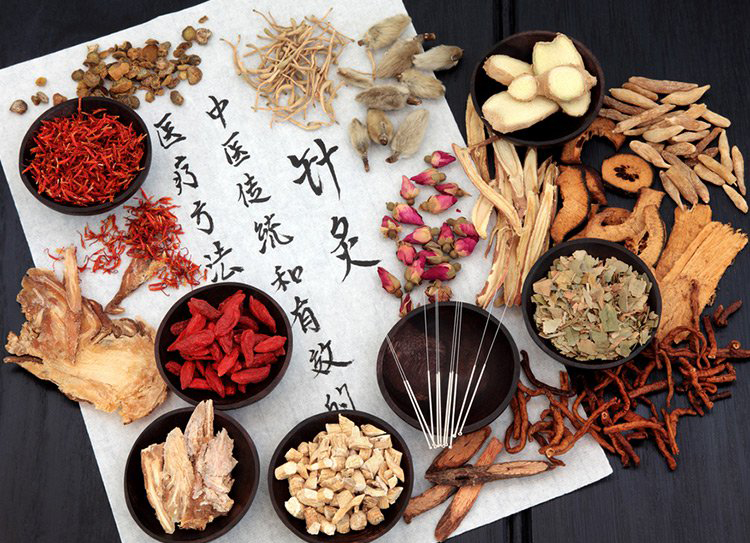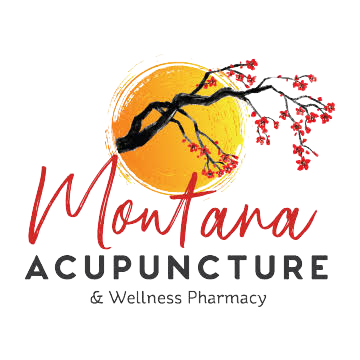
What is Traditional Chinese Medicine (TCM)?
TCM, has been refined over the last 2,500 years and is a comprehensive and sophisticated system of medicine using acupuncture (needle therapy) and over 400 healing herbs to restore optimal function to the body’s internal organs and glands, the nervous system, and the vascular system. Current research demonstrates that the true concepts of TCM operate under known physiologic principles that involve the complex organization of the neural (nerves), vascular (blood vessels), endocrine (hormones), viscera (internal organs), and are sustained by the circulation of nutrients, vital substances, and oxygen.
History of TCM:
- One of the first known Europeans to witness TCM practice was Marco Polo (1254-1324) from Venice, Italy and is quoted as saying “needles that cure.”
- Jesuit missionaries who visited China in the 15th century were the first to introduce it to Europe. Many physicians in Europe wrote medical books describing the practice of acupuncture, moxibustion, and pulse diagnosis during the 14th-18th century.
- Willem ten Rhijne (1647-1700) a Dutch physician stationed in Japan for 2 years, provided the initial first hand report on TCM and acupuncture in 1683.
- One of the most notable practitioners was Canadian physician Sir William Osler (1848-1924). He recommended needle therapy for back pain and sciatic pain.
Why hasn’t TCM become more accepted by Western Medicine?
Translations of the ancient texts were typically very superficial, vague, and incomplete. But, a major part of the problem also involved the background of the early translators. Some were historians and religious people, while others were diplomats, like Soulie de Morant whom I mention in the last part of this article, with no training in anatomy, physiology, medicine, or ancient medical characters and there meaning. The Neijing, the main medical book of TCM, is basically a medical book, half of which is anatomy and physiological information.
Most european physicians, including the ones mentioned above, had no proper explanation of TCM, and wrongly supposed that it was similar to Hippocrates and Galen’s concepts of “circulation of humors” which were in disfavor in the 19th century. After characterizing TCM’s views on anatomy, physiology, and medicine as identical to that of ancient Greeks, the functional physiological basis of TCM was not given serious consideration until the 1980’s and 1990’s.
How does traditional Chinese medicine work?
The Yellow Emperor’s Internal Classic (Huangdi Neijing), the main medical text of TCM, was written in 300 BCE. The Neijing departs from the old shamanistic beliefs that disease was caused by demonic influences. Careful study of this ancient book reveals that Chinese Medicine physiology is essentially the same as Western Medicine. The Chinese were doing extensive autopsy of cadavers 500 years before the birth of Christ! They mapped out and measured the vascular system and each organ in the human body. In TCM, blood circulation is the most important physiological feature of the human body. Impaired blood flow into any region of the body, including internal organs, can result in pain and organ dysfunction. The first Western detailed description of blood circulation throughout the body came in 1628 by William Harvey (1578-1657), approximately 1900 years after TCM’s description of the heart and vascular system. Harvey’s verification of blood circulation is considered the greatest single event in Western Medicine. It led to a new exploration in medicine and the rejection of the flawed ideas of Galen (129-200 AD) and Hippocrates (460-370 BC).
Authenticity of TCM
TCM is best characterized as physiological and functional medicine, which depends on maintaining the internal functional balance, which in turn relies on the vascular circulation of blood (xue), vital air (qi), and vital substances. This concept makes TCM unique compared with other primitive medical practices that existed about the same time period in India, Egypt, and Greece. In his book An Introduction to the Study of Experimental Medicine, Claude Bernard (1813-1878), the renowned French physiologist who is universally recognized as one of the greatest scientists of all time, stated that medicine has to be rooted in physiology and follow three criteria:
- medicine must have an experimental base derived from anatomical and physiological studies.
- disease must be described in terms of physiological mechanisms and manifestations.
- medicine must have a clinical practice essential to restoring and normalizing physiological function.
TCM fits all these criteria of medicine. TCM’s concept of homeostasis, or physiological balance, is called Zheng. Claude Bernard had a concept similar to that of Zheng. He believed that health is the result of maintaining the constancy of the body’s internal environment. He called this the milieu interior. Waltor Cannon (1871-1945), an American physiologist, was the first to define these same ideas into modern biological terms as homeostasis. A very important concept in modern medicine.
The Mistranslation that changed everything
The most common misconception of TCM and Acupuncture is that it is based on energy (Qi) that travels through invisible meridians (Mai). This erroneously places TCM in the category of energy medicine. As I have clearly laid out in my description above, TCM is not ‘energy’ medicine.
The energy-meridian model of TCM was created by Soulie de Morant (1879-1955), a frenchman who went to China in 1901 and dedicated his life to translating various Chinese texts, including the Neijing, TCM’s main medical text. He has no formal education on ancient Chinese medical characters and the meaning of them. He translated the character for Qi (vital air or oxygen), into ‘energy’ and the character for the visible Mai (blood vessels), into invisible ‘Meridians’. Replacing the blood vascular system with invisible meridians is the single greatest translation error to befall TCM and, in my opinion, has prevented TCM’s widespread acceptance in the west. Paul Unschuld and Hermann Tessenow, two modern and notable philologists of ancient Chinese medical texts say, “…..Qi is one of the very few Chinese terms we have chosen to transliterate rather than to translate. It should be noted that the interpretation of Qi as “energy”, so widespread in TCM literature today, lacks any historical basis”
However, Soulie de Morant was admired in China and the Chinese used his incorrect definition of Qi and Mai in their English translated books for Europeans. To this day, many Chinese experts understand their theories involve vascular circulation and the nervous system, but use the term Qi and Meridian when writing in English, or when addressing Westerners. Despite his misconceptions, his efforts helped spread the clinical application of acupuncture in France and the rest of Europe.
